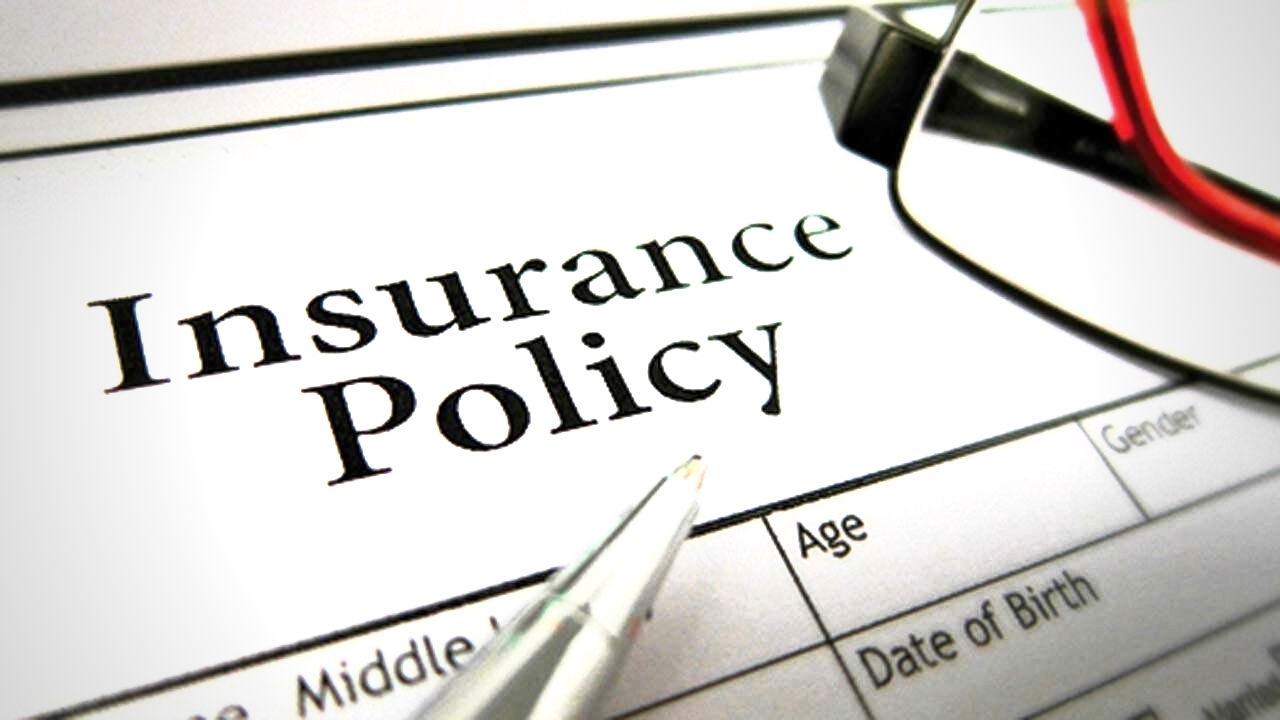Insurance policy documents contain the basics of your policy.
These documents explain the terms and conditions of your insurance policy.
Both you and your insurer can refer to these documents for information on coverage, exclusions, rules, and claim procedures.
Although it is necessary to read these policies, they are not easy to understand.
Here, we break down the five parts of an insurance policy so that you can better understand it.
Why you should review your insurance policy
An insurance policy is a legal contract between the insurer (your insurance company) and the insured (policyholder).
Legal agreements aren’t known to be fun to navigate, but reading and understanding your entire policy will ensure you get the coverage you need and expect on the terms you assume. Being an informed policyholder can also avoid disagreements between you and the insurer if you need to file a claim for a loss.
The 5 Parts of an Insurance policy
Declarations Page
A Declaration page is also called a “Dec page”, though it can be longer than one page.
This page is commonly the first part of an insurance policy.
It sums up the main details of your policy, and is the first part you’ll encounter.
A Declaration page tells you who’s insured, what at-risk property’s covered, the policy period, and the policy limits.
- Policy details, such as policy period, number and premium
- Dollar limits on coverages and your corresponding deductibles.
- A list of the endorsements included in the policy or their total number.
- Names of the people covered and assets (if applicable).
- Discounts applied to the policy.
- The type or name of the coverage being provided.
Key Point
Review your declarations page carefully, and contact your agent or insurance company if you find any errors or missing information.
The policy’s language governs its enforcement in court as a legal contract.
Definitions
“Definitions” section explains terms, narrows down their meaning and avoids doubts that could work against the insurer in court..
Common words may have limited definitions in a particular insurance contract.
Throughout the policy, defined terms appear in italics and boldface to show they have special definitions.
In general, words that are not defined are open to explanation, but defined ones should be carefully considered for coverage inclusions and exclusions.
Insuring Agreements
Insurance Agreements are usually the main part of the policy. They define who and what is covered by the policy and what the insurer promises to do and not to do in exchange for your premium. This could mean paying for bodily injury, property damage, and legal costs up to the policy limits in a covered car accident.
You may see an Insurance Agreement listed as “Policy Coverage” or another name indicating that this is your coverage. Each part of the coverage can have its own Insuring Agreement.
Insurance Agreements often give a broad overview of the scope of the insurance coverage and then narrow it down in the Definition sections and exclusions. It is important to read these three sections together to get a clearer idea of what is- and is not -covered, so that you know you have the coverage that you need.
Limitations and exclusions
The “Exclusions” section usually follows insuring Agreements and lists what your policy does not cover. For example, homeowners policies exclude damage from hazards like floods and earthquakes in general.
Auto policies can exclude wear and tear damage. Policies can include a section for exceptions to exclusions to avoid having to list all possible exclusions and coverages.
The policy limits are listed on the Declarations page and describe how they are applied in “Limits of Liability”.
The limitations list indicate the maximum dollar amount or percentage of the total loss (or a combination) that can be reimbursed under the policy during a claim or a given period, such as $500,000 to rebuilding your home after a claim, or $ 1 million annually across all lawsuit claims made under a small – business insurance policy .
Important : While there will likely be a section in your policy called “Exclusions”, other exclusions may appear anywhere in your policy.
Conditions
The Conditions section includes the provisions of the policy which qualify or limit the insurance company’s promise to pay or perform. This means that if you do not meet the conditions set out here, the insurer could deny your claim.
One condition that you may see in a homeowner’s policy is to protect your property after a loss to prevent further damage, or to allow the insurer to inspect a fire damage claim before the loss. start of repairs.
Certain other conditions may relate to the subrogating rights, loss reporting and settlement, or the cancellation and non-renewal.
Tip: Note a language that is absolute (such as “always” or “never”) or inclusive (“and” or “or”) in your policy. Requiring you to report a car accident to law enforcement and the insurer within 24 hours is different from having to report it to law enforcement or the insurer, for example.
The Bottom Line
Insurance policies give you peace of mind knowing that you are safe in the event of a loss. Ensuring that you understand your contract is essential to ensure that your premium covers what you expect from it and that you can proactively close coverage gaps.
While knowing the five parts of an insurance policy can improve your overall understanding of your individual coverage, your insurance agent can review your policy’s intricacies with you so that you can fully understand it and contribute to it. Can. Adjustment, if necessary
